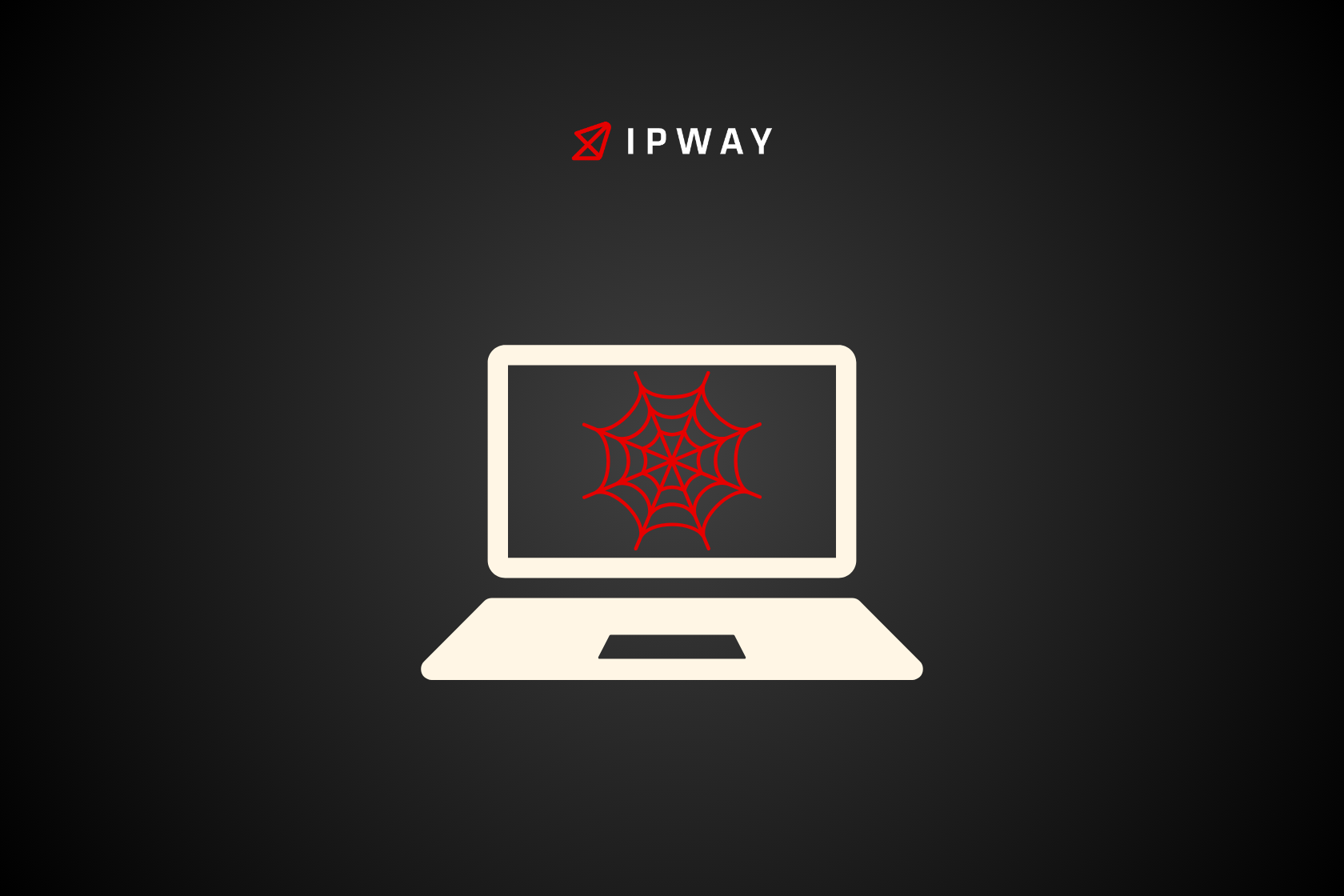Gathering information from a screen like a computer or mobile device is done using screen scraping. It involves automating the process using software tools when traditional data retrieval methods, like APIs are not an option. This article explores the concept of screen scraping, its functionality, security concerns, practical applications and how it differs from web scraping.
Screen Scraping Explained
When it comes to screen scraping it’s about grabbing the information displayed on a screen and converting it into a format that another application or system can work with. This technique is handy for dealing with systems that lack up to date APIs for accessing data. Screen scraping can gather kinds of information, like text, images and elements of the user interface.
The process generally involves the following steps:
- Capturing the Screen Display: The software tools record the information displayed on the screen.
- Parsing the Data: The collected data is analyzed to extract details.
- Translating Data: The analyzed information is transformed into a structure that works well for a program or system.
Example Tools for Screen Scraping
Several tools and libraries can be used for screen scraping, including:
SikuliX: Utilizes visual recognition to detect and manage graphical user interface elements.
PyAutoGUI: A library, in Python that allows you to control the mouse and keyboard through programming.
Beautiful Soup: While mainly employed for web scraping it can also help in analyzing HTML information acquired via screen scraping.

Is Screen Scraping Secure?
When it comes to screen scraping to other methods of extracting data there are various security factors that must be taken into account to safeguard the integrity and privacy of the information being managed. Here are the main security elements that should be kept in mind:
Data Privacy
During the process of screen scraping it is vital to be careful not to collect and reveal sensitive details. This becomes significantly crucial when handling information, financial data or any form of private data. To address these concerns:
- Make sure to set up stringent access restrictions to control the individuals authorized to execute and retrieve the scraping scripts.
- Masking data is crucial to protect information while gathering data.
Legal Compliance
Laws on data extraction differ across jurisdictions. Engaging in scraping activities could violate terms of service or legal regulations. It’s crucial to:
- Engage in legal investigation to grasp the relevant laws and regulations.
- Make sure to get consent from the individuals who own the data or follow the guidelines set out by the platforms you are extracting information, from.
- Make sure to follow the rules of data protection laws, like GDPR, CCPA and other applicable regulations.
System Security
Using screen scraping tools, without management can lead to security vulnerabilities. Implementing the following practices can help improve the security of the system:
- Make sure to update and patch your scraping tools to safeguard them against any known vulnerabilities.
- Utilize best practices, in coding when creating personalized scraping scripts to reduce the chances of vulnerabilities being inadvertently introduced.
- Make sure to include error handling mechanisms to avoid system crashes or any unexpected actions that could be used by malicious individuals.
Data Integrity
Ensuring the trustworthiness and precision of the gathered data is crucial. Challenges related to data integrity may stem from a range of sources such as:
- Changes, in the user interface of the target application could potentially disrupt the scraping scripts resulting in incomplete or inaccurate data retrieval.
- Potential network problems that could result in losing or damaging data while scraping.
To address data integrity concerns:
- Make sure to run validation tests to confirm the correctness of the data you gathered through scraping.
- Make sure to update and test your scraping scripts to keep up with any changes, in the target application.
Ethical Considerations
In addition, to legal factors it’s important to let ethical principles steer screen scraping activities. Ethical screen scraping encompasses:
- Treating the wishes and privileges of those who own data with care.
- Steer clear of any scraping actions that might harm the functionality or accessibility of the system you’re targeting.
- Ensuring that stakeholders are kept informed about the scraping operations being carried out and their objectives.
Best Practices for Secure Screen Scraping
To improve the security of screen scraping activities it is recommended to implement the following practices:
- Encryption: Make sure to employ encryption to safeguard data when its being transferred or stored. This way any intercepted data won’t be readily accessible or altered.
- Authentication: Ensure strong authentication methods are in place to manage access, to the scraping tools and the information they gather.
- Monitoring: Keep a watch, on scraping activities to identify and address any unusual behavior or possible security threats.
- Rate Limiting: Make sure to set up rate limiting to avoid many scraping requests that might cause service interruptions or be seen as a denial of service attack.
Use Cases of Screen Scraping
Screen scraping is widely used in fields, with many practical applications. Some typical examples include:
Legacy System Integration: Screen scraping is commonly employed to connect with systems that do not accommodate contemporary data extraction techniques. By capturing and converting information from these systems companies can merge legacy data into platforms without the need, for extensive redevelopment.
Data Migration: When moving data from systems to newer ones screen scraping proves to be a useful technique for extracting and moving information without requiring direct access, to the databases underneath.
Competitor Analysis: Many companies utilize screen scraping to keep an eye on their competitors websites checking prices, product availability and key information. This data helps them make business choices and stay ahead in the competitive market.
Market Research: Gathering data through screen scraping is essential for conducting market research by extracting information from a range of sources, like review sites, social media platforms and other online forums. This allows for the analysis of consumer trends and sentiments.
What is the Difference Between Web Scraping and Screen Scraping?
Web scraping and screen scraping are both methods of data extraction, but they differ significantly in their approach, tools, and applications. Here’s a detailed comparison:
Web Scraping
Methodology: Gathering information from websites, through web scraping includes extracting data by analyzing the HTML code. This usually requires sending HTTP requests to access web pages and then examining the HTML content to find the data needed.
Tools and Technologies: Popular tools and libraries used for web scraping are:
- Beautiful Soup: A Python library for parsing HTML and XML documents.
- Scrapy: An open-source web crawling framework for Python.
- Selenium: A software tool that is commonly utilized to automate web browsers, for extracting dynamic content that necessitates the execution of JavaScript code.
Data Types: Web scraping is capable of dealing with semi structured and unstructured data. It proves efficient in extracting extensive datasets from websites, including product listings, reviews and social media posts.
Advantages:
- Efficiency: Gathering information from web pages, through web scraping is an effective way to extract a significant amount of data.
- Structure: The data that is extracted is usually well organized which simplifies its processing and analysis.
- Automation: Web scraping can be highly automated, enabling continuous data collection with minimal manual intervention.
Limitations:
- Legal and Ethical Issues: Sometimes extracting data, from websites could potentially breach terms of service and privacy regulations.
- Complexity: Working with websites that utilize JavaScript can pose challenges and might necessitate the use of extra resources such, as Selenium.
Screen Scraping
Methodology: Screen scraping is a process that involves capturing the information shown on a computer screen. This technique typically entails taking screenshots or directly reading the output displayed on the screen followed by utilizing image recognition or text parsing methods to extract the data.
Tools and Technologies:
Common tools and libraries for screen scraping include:
- SikuliX: Utilizes image recognition to. Manage elements of the graphical user interface (GUI).
- PyAutoGUI: A Python tool that allows users to control the mouse and keyboard for interacting with, on screen elements.
- OCR (Optical Character Recognition): Tools such, as Tesseract are employed for extracting text from images.
Data Types
Screen scraping allows you to gather all information shown on the screen, such as text, pictures and elements of the graphical user interface (GUI). This technique is especially handy for working with systems that don’t have up, to date interfaces or direct data retrieval options.
Advantages:
- Versatility: You can gather information from any program or system, on the screen no matter what technology it runs on.
- Legacy Systems: You can gather information from any program or system, on the screen no matter what technology it runs on.
Limitations:
- Complexity: Creating and managing screen scraping scripts can be quite challenging and error prone especially when there are alterations, in the user interface.
- Performance: Screen scraping might not be as fast and effective, as web scraping particularly when it comes to extracting an amount of data.
- Accuracy: Optical character recognition and image identification methods may occasionally yield outcomes particularly when dealing with poor quality images or intricate designs.
Key Differences
Scope:
- Web Scraping: Focused on information mainly gathering data from HTML and web based technologies.
- Screen Scraping: It is possible to gather information displayed on the screen such as content, from computer programs and older systems.
Technical Complexity:
- Web Scraping: Setting up web pages is usually easier but things can get tricky when dealing with dynamic content.
- Screen Scraping: Typically it is more intricate because of the requirement, for identifying images and engaging with graphical user interfaces.
Flexibility:
- Web Scraping: Ideal, for managing data sets sourced from the internet in an organized and effective manner.
- Screen Scraping: It offers flexibility, with data origins but may sacrifice efficiency and precision.
Screen scraping automation
Automating processes is essential, in screen scraping as it boosts productivity and precision. Automated screen scraping entails configuring scripts or tools of:
Monitor Screens: Continuously monitor and capture data from screens.
Schedule Tasks: Perform scraping tasks at predefined intervals.
Handle Errors: Automatically detect and handle errors during the scraping process.
Benefits of Automation
Efficiency: Automates repetitive tasks, saving time and effort.
Accuracy: Reduces the risk of human error in data extraction.
Scalability: Can handle large-scale data extraction tasks without manual intervention.
Implementing Automation
When incorporating automation, into screen scraping you may want to explore the following methods:
Robotic Process Automation (RPA): Tools such, as UiPath and Blue Prism have the ability to automate tasks involving screen scraping.
Custom Scripts: Create scripts using programming languages such, as Python to automate the scraping procedure.
Cloud Services: Utilize cloud based scraping services that come with integrated automation capabilities.
Conclusion
Screen scraping is a method for extracting data that finds utility in many situations especially when working with outdated systems or in the absence of alternative methods. Despite its advantages it is crucial to take into account the security and legal considerations linked to screen scraping. By grasping its uses and distinguishing features from web scraping companies can make good use of screen scraping for tasks, like data integration, migration and analysis.
Discover how IPWAY’s innovative solutions can revolutionize your scraping experience for a better and more efficient approach.
